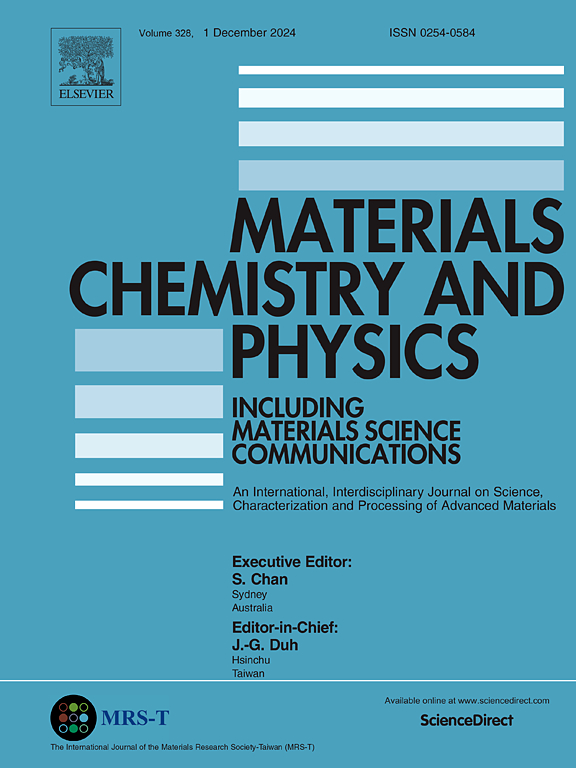Porous ceramics via 3D printing and emulsion templating
IF 4.3
3区 材料科学
Q2 MATERIALS SCIENCE, MULTIDISCIPLINARY
引用次数: 0
Abstract
Coupling foaming or emulsion templating techniques with additive manufacturing is a very efficient and innovative method for the elaboration of tailored materials with a hierarchical porosity. During this work, new formulations have been developed driven by a low toxicity to health and the environment approach, based on the combination of an emulsion with a vegetable oil, with no surfactant, and a suspension of halloysite. This mineral, with a nanotubular morphology, is known for its ability to stabilize Pickering emulsions. The emulsion template being directly transformed into porosity after thermal treatments was characterized at each step. At first, different formulations of emulsions without solid phase were studied in terms of stability, and droplets size and their dispersion. In a second step, the emulsions were enriched with the mineral phase. Robocasting process, also known as Direct Ink Writing (DIW), imposes both plasticity and consistency to the formulated pastes for optimal processing, which could be adjusted through both oil and solid fractions. The porosity of the printed ceramic structures was then evaluated after the elimination of the template and at different sintering temperatures. This approach allows to achieve complex geometries with high porosity, between 60 % and 70 % of the volume depending on the heat treatment, and a very good preservation of the shape of the printed objects and the pores created by the emulsion template.

求助全文
约1分钟内获得全文
求助全文
来源期刊

Materials Chemistry and Physics
工程技术-材料科学:综合
CiteScore
8.70
自引率
4.30%
发文量
1515
审稿时长
69 days
期刊介绍:
Materials Chemistry and Physics is devoted to short communications, full-length research papers and feature articles on interrelationships among structure, properties, processing and performance of materials. The Editors welcome manuscripts on thin films, surface and interface science, materials degradation and reliability, metallurgy, semiconductors and optoelectronic materials, fine ceramics, magnetics, superconductors, specialty polymers, nano-materials and composite materials.
 求助内容:
求助内容: 应助结果提醒方式:
应助结果提醒方式:


